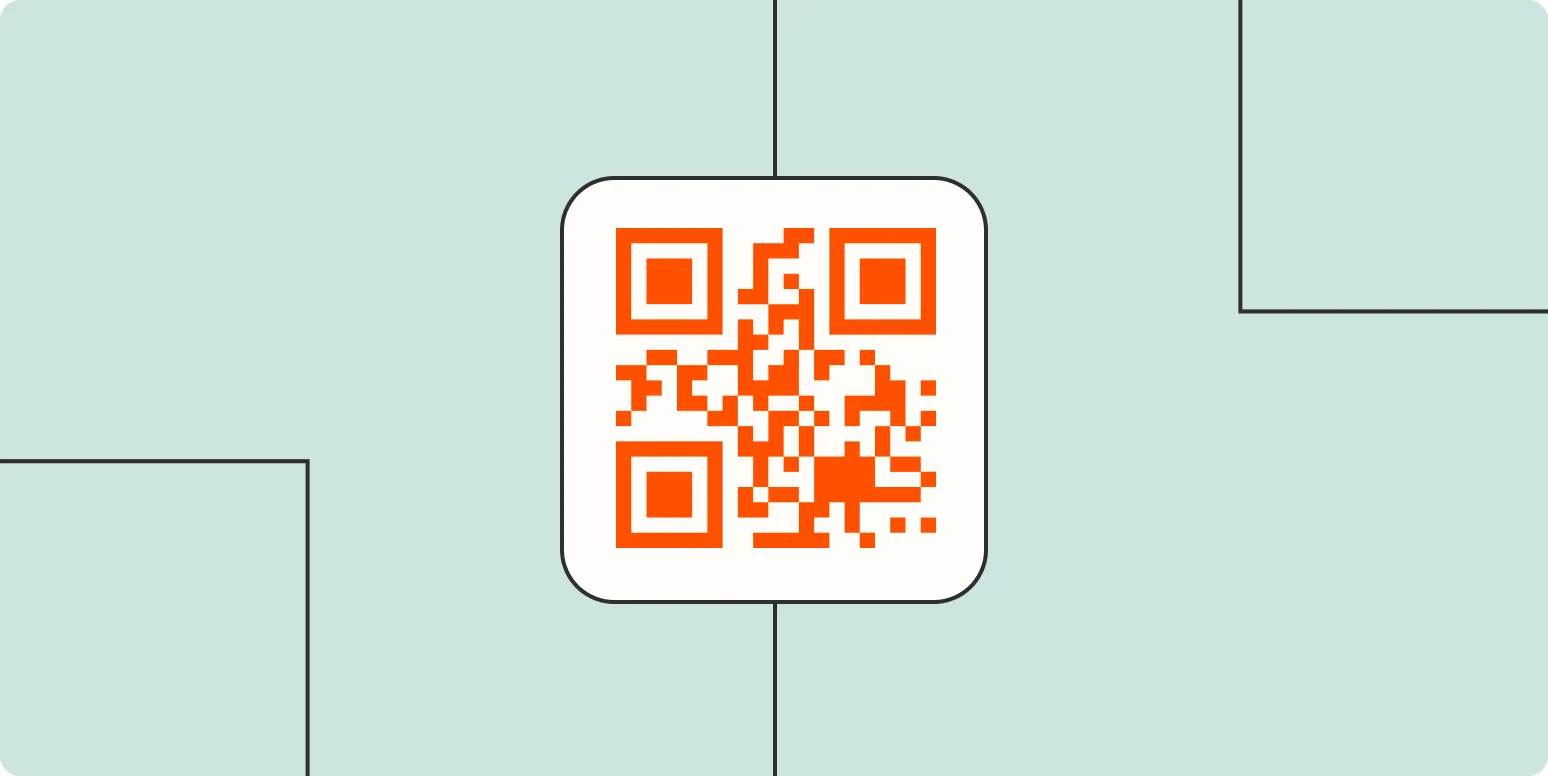Creating a QR code is a straightforward process that can significantly enhance your marketing strategies, particularly when linked to your digital assets. In this article, we will outline the steps to create a QR code and provide best practices to ensure its effectiveness. We'll also explore how QR codes can benefit your campaigns, especially when integrated with platforms like referrerAdCreative.
Steps to Create a QR Code
Creating a QR code is simple and can be done using various online tools or software. Here’s a step-by-step guide:
- Choose a QR Code Generator: Select a reliable QR code generator. Some popular options include QR Code Generator, QRStuff, and GoQR.me. Ensure that the tool you choose allows you to customize your QR code.
- Select the QR Code Type: Depending on your needs, you can create QR codes for URLs, text, email addresses, phone numbers, or even social media profiles. For marketing purposes, URL QR codes are the most common.
- Enter Your Information: Input the necessary information, such as the URL you want to link the QR code to. If you're using referrerAdCreative, you can link directly to your ad campaigns or landing pages.
- Customize Your QR Code: Many QR code generators allow customization of colors and shapes. Make sure to stay within your brand guidelines to maintain brand consistency.
- Generate Your QR Code: Click the button to generate your QR code. Most tools will provide you with a downloadable image file.
- Test Your QR Code: Before using your QR code extensively, test it with multiple devices to ensure it directs users to the correct content.
QR Code Best Practices
To maximize the effectiveness of your QR codes, consider the following best practices:
1. Keep It Simple
A QR code should be easy to scan, so avoid cluttering it with too much information. Make sure it links to a single, straightforward URL or piece of content. For instance, if you're using referrerAdCreative, link directly to your promotional page without additional redirects.
2. Provide Context
Always provide context around your QR code. Explain what users can expect when they scan it. This can be a short message like, “Scan to access exclusive content” or “Get 20% off your first purchase.”
3. Optimize for Mobile
Ensure that the landing page or content linked to your QR code is mobile-friendly. Most users will scan QR codes using their smartphones, so the experience must be seamless.
4. Use a URL Shortener
If the URL you are using is long, consider using a URL shortener before creating the QR code. This not only makes the QR code less complex but also tracks clicks, which can be valuable data for your referrerAdCreative campaigns.
5. Monitor Performance
Use analytics tools to track how many times your QR code has been scanned. This data can provide insights into user engagement and the effectiveness of your campaigns. If you're using referrerAdCreative, integrate tracking parameters to further analyze the performance of your ads.
6. Offer Incentives
Encourage users to scan your QR code by offering incentives such as discounts, freebies, or exclusive content. This can significantly increase engagement and conversion rates.
7. Print Quality Matters
If you're using QR codes in print materials, ensure that they are printed at a high resolution. A blurry or pixelated QR code can lead to scanning issues, which can frustrate users and result in lost opportunities.
QR Code Usage Examples
QR codes can be used in various settings and for different purposes. Here are a few examples:
| Usage | Description |
|---|---|
| Product Packaging | Link to product information, recipes, or promotional offers. |
| Event Marketing | Direct attendees to registration pages or event details. |
| Business Cards | Link to personal websites or professional profiles. |
| Social Media Campaigns | Drive engagement by linking to your social media pages. |
| Print Advertisements | Encourage readers to visit your website or sign up for newsletters. |
Conclusion
Creating and implementing QR codes can be a powerful tool in your marketing strategy. By following the steps outlined above and adhering to best practices, you can enhance user engagement and drive traffic to your digital content. Whether you're utilizing referrerAdCreative or any other platform, QR codes can bridge the gap between offline and online experiences, making them an essential component of modern advertising.





